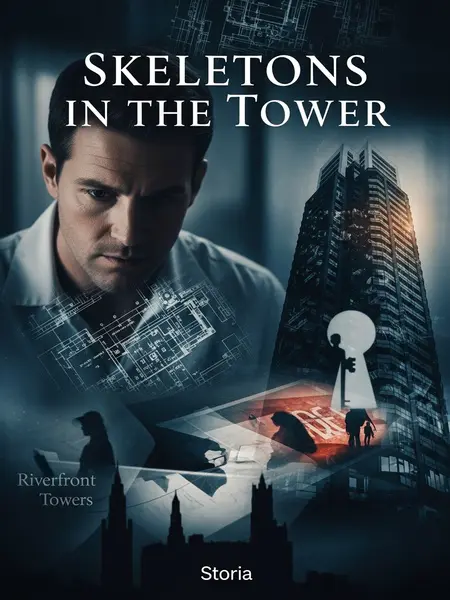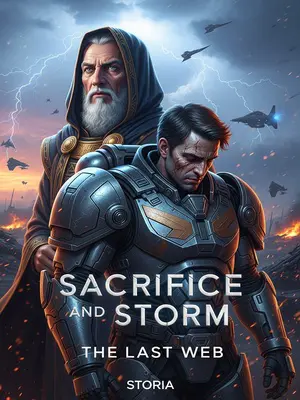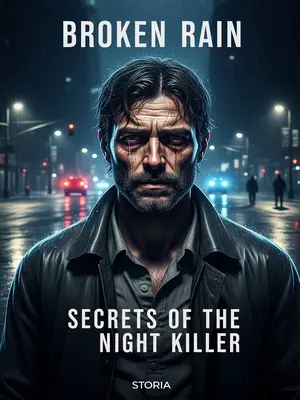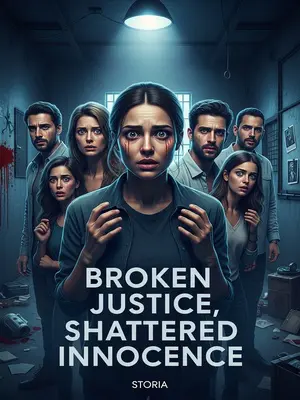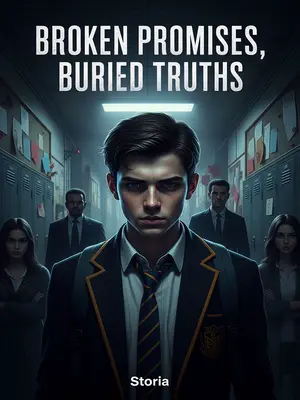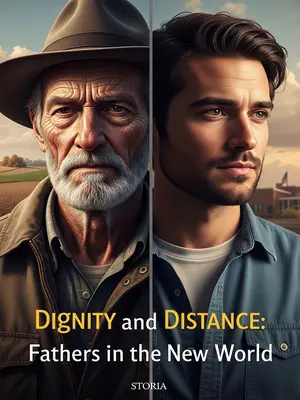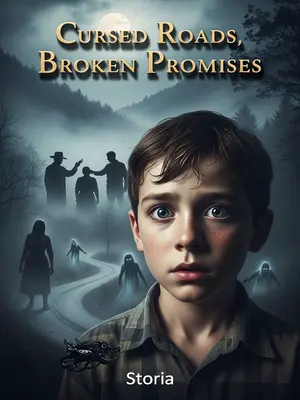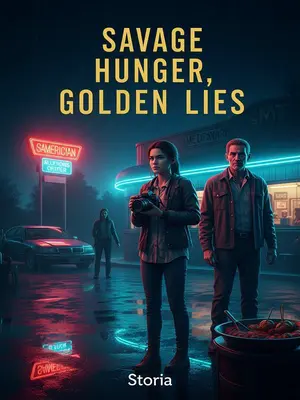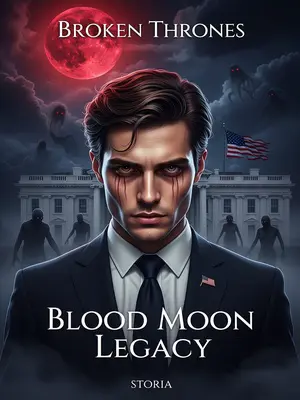Chapter 5: Ashes and Answers
I sent my findings to Thompson. He replied:
“His family’s poverty is easy to check, but maybe the son really didn’t know. If he did, he wouldn’t admit it.”
I chuckled, shaking my head. If the father sold his life, who else would benefit but the son? But Thompson was testing me, seeing if I’d push harder.
I prepped the full autopsy report for Leonard Price. His organs were soaked in formalin, classic signs of late-stage brain cancer—drowsiness, loss of appetite, everything fit. I felt a strange mix of professional pride and unease, knowing my report could change a family’s fate.
But I decided to nudge things along. I texted Thompson:
“I’ll send a report: possible intracranial tumor with psychiatric symptoms. Use that with the son.”
He replied, “What’s your angle?”
“Frontal lobe tumors cause mental changes—loss of language, confusion. I doubt Leonard struck the deal himself. More likely, his son did.”
After a long pause, Thompson sent back a helpless emoji—a little shrugging face.
“One case, two fathers sold?”
Maybe Michael didn’t sell his dad. But if you don’t ask, you never know. Sometimes, you have to push to get the truth. I remembered a case years back, when a desperate daughter forged hospice records to protect her inheritance. People will surprise you.
Thompson was relentless. Michael finally confessed, but insisted he hadn’t arranged anything. He said his father met with “someone” before vanishing. He reported the disappearance immediately, never mentioned money. Thompson didn’t care about the cash—he wanted to know who that “someone” was.
Meanwhile, he dug into Cole Whitaker’s world—a businessman with plenty of questionable contacts. Real estate deals, construction unions, a few names that made even seasoned detectives nervous. Finding that “someone” would take time, but it was the key to the whole puzzle. I found myself checking the news, looking for any sign of a break. Was it Grant, Cole, or someone else entirely?
Then things took a hard left. Thompson got a call: a house fire, total loss, no survivors. When the fire trucks pulled away and the smoke cleared, they found a skeleton—supposedly Charles Whitaker.
The skeleton arrived at my lab, blackened and brittle, the air heavy with the acrid smell of burnt bone. Our lab’s equipment whirred, the challenge of working with burned remains pushing me to my limits.
Thompson asked, “Can you ID him with DNA?”
“No way. DNA’s gone after that kind of heat. The bones are cooked through—nothing left but fragments.” I thought of the infamous Boston arson case, where even the FBI couldn’t recover a genetic profile.
Thompson’s face darkened, the pressure from his superiors obvious. “I don’t care. Do your best. I have to keep digging into the Whitaker brothers.”
He left, notebook in hand, and I felt the weight of the case settle in my chest. Science has its limits, and sometimes all the expertise in the world can’t conjure answers from ashes. Unless… dental records. Wealthy folks usually have a private dentist.
I made some calls, and sure enough, Charles had a private dentist. Cole Whitaker personally delivered the dental X-rays, his smile polite but eyes unreadable. Once he left, I compared the X-rays to the skeleton’s teeth, double-checking every detail. The match was perfect—or so it seemed. The skeleton was declared Charles Whitaker.
I sent the report to Thompson, half-expecting a storm of questions. Instead, I got a single text: “Okay, I know.”
Something about Thompson’s response made my skin crawl. I replayed the case in my mind. It didn’t add up. If the brothers were guilty, why not fight the autopsy harder? The insurance was peanuts compared to the estate. And the timing of the fire—just as the investigation closed in—was too convenient. I texted Thompson:
“I don’t think it’s the brothers. Could someone else be pulling the strings?”
